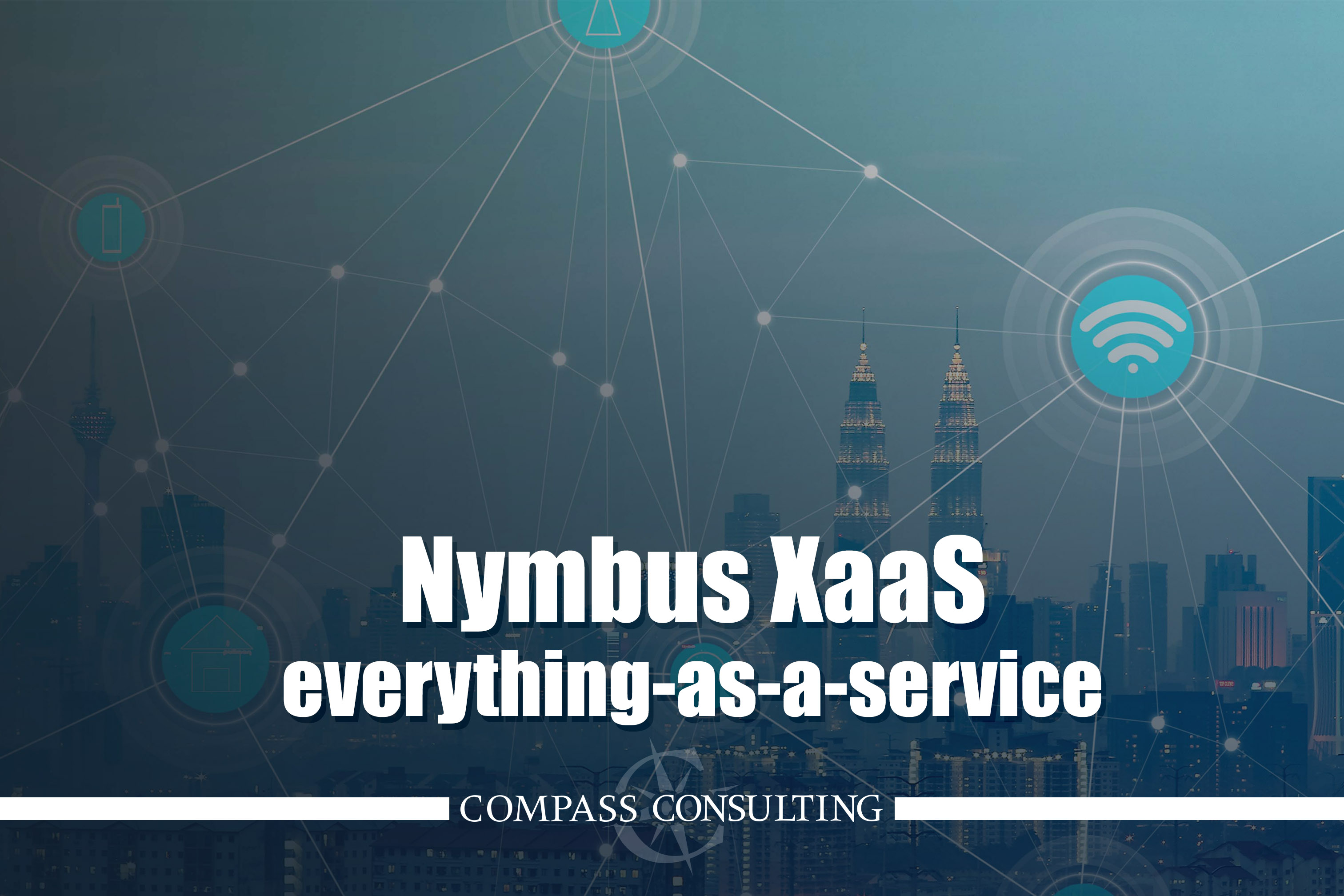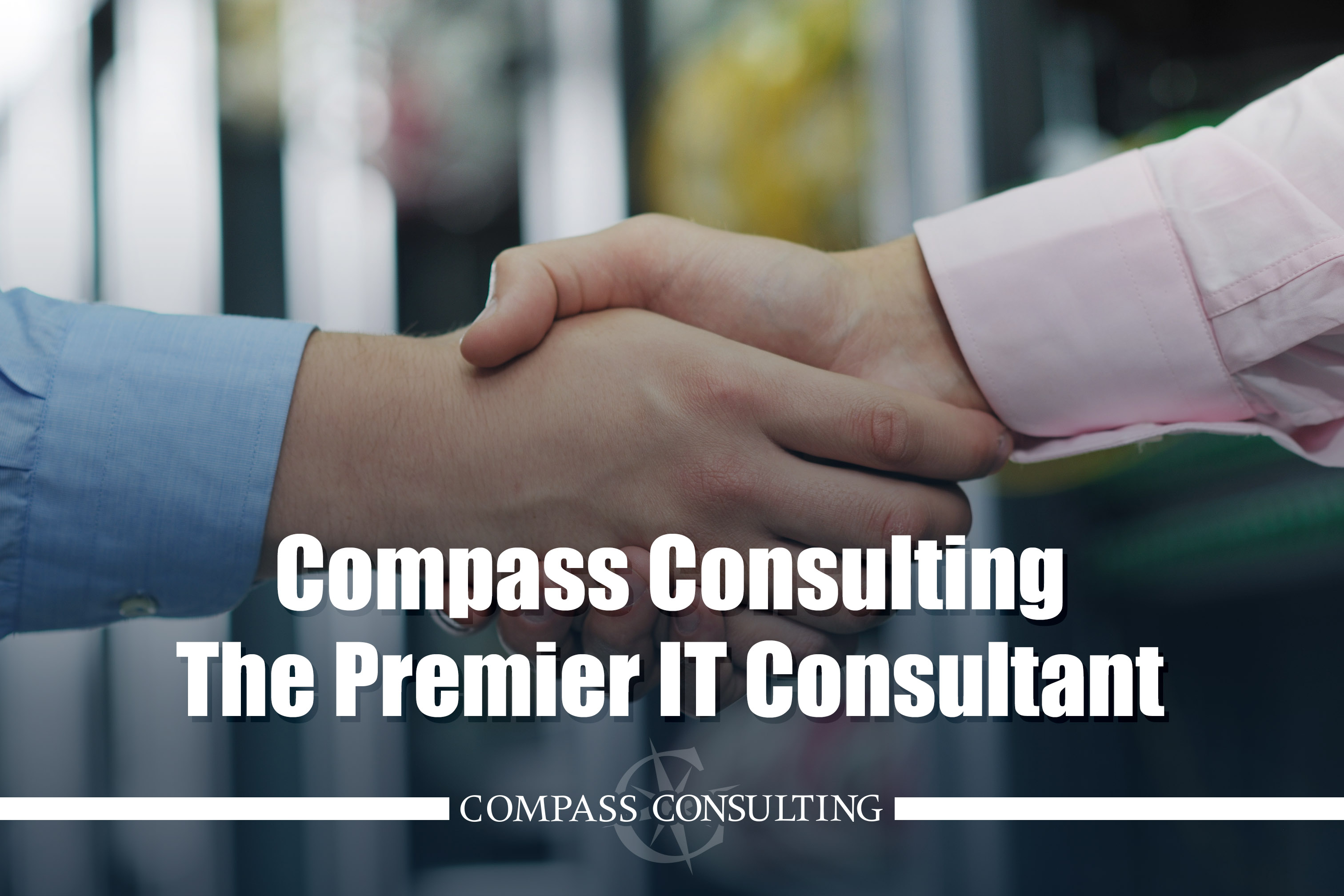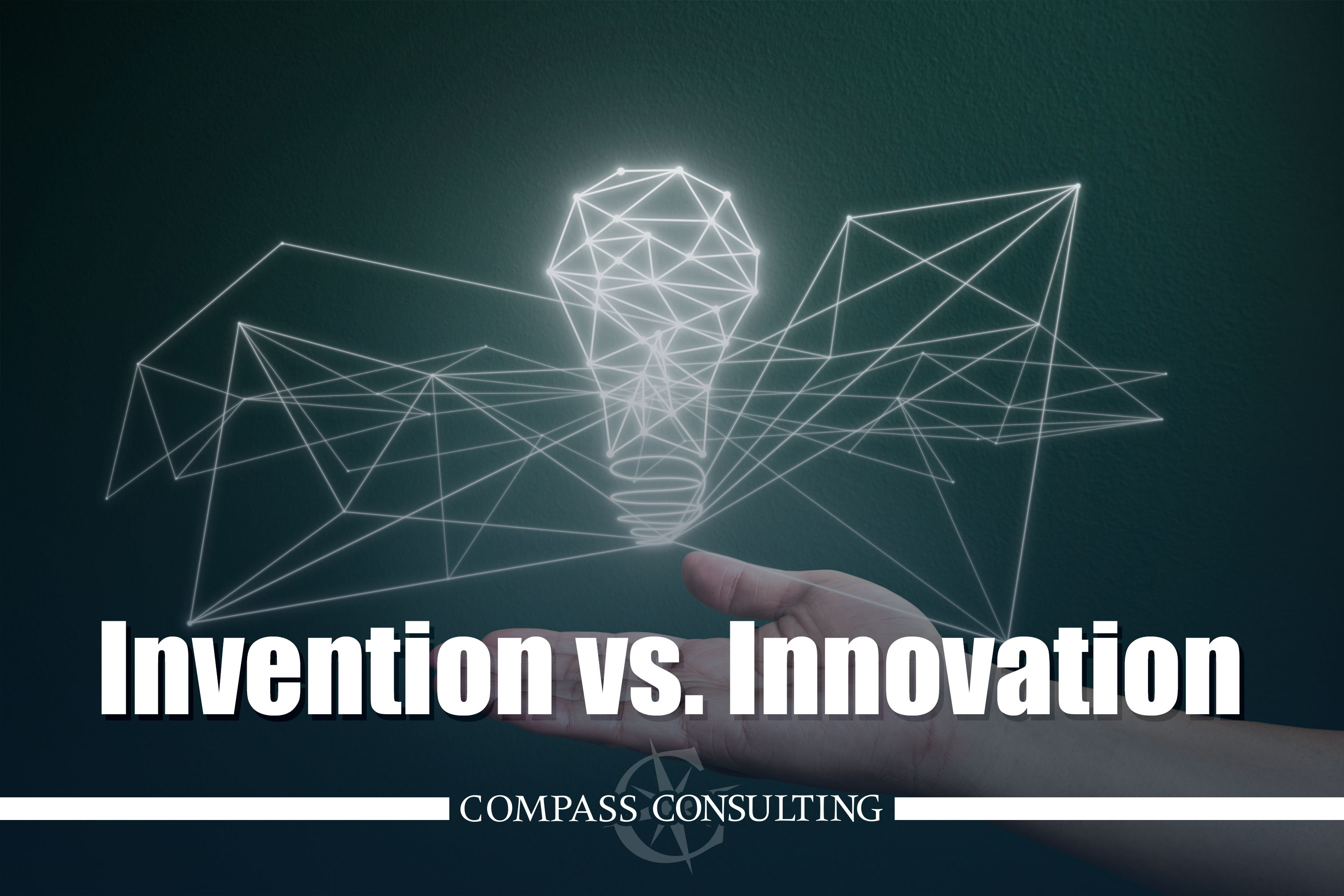Multicloud Computing & Security Policy Orchestration
Multicloud Computing
It was bound to happen. Once the benefits of cloud computing were realized, it was only a matter of time before Multicloud Computing was soon to follow. In a multicloud architecture, an enterprise uses two or more public clouds in conjunction with multiple private clouds and the benefits are immense: greater choice, greater cost savings, and improved performance optimization. Moreover, reducing the reliance on a single-cloud delivers vast geographical benefits because physically closer cloud units can be utilized, reducing latency and improving user up-time.
Multicloud Security Threats
Of course, there exists a flip side to every coin and multicloud environments also possess challenges to consider: governance is more complicated, more “moving parts” can create resiliency issues, and most importantly, the resulting uptick in multicloud security issues. When it comes to cloud computing, traditional models of data and security management are outmoded. No longer are users accessing data from a controlled, on-prem location; with the cloud, users can access enterprise data from any location/time/device resulting in information flowing to and from applications a firm does not own or control. According to a February, 2019 CloudTech News report, “as companies begin moving data from on-premises solutions to the cloud, they must address new cloud-specific types of threats and vulnerabilities. While many cloud services come with native or built-in features that offer some degree of visibility and control within their specific applications, applying policies or making changes across every individual cloud service in use can be painful and problematic.”
What’s a Firm to Do?
While network security professionals work to keep up with multicloud security threats, it is interesting to note that the most successful solutions closely mirror DevOps methodologies (Compass Consulting April blog post, “Technical Debt and DevOps). Much like their software and network peers, security officers are relying heavily on intelligent network change automation, a process known as Security Policy Orchestration. Through this progression, security engineers design network changes while simultaneously using automation tools to promptly assess risk and provision those changes. Security threats are minimized, and applications move safely and securely to and from the cloud.
Building on the orchestration foundation, forward-thinking firms have even incorporated a “single pane of glass” thematic solution to the security chaos. Instead of tackling security or change issues independently or one at a time, a single front-end display or user interface console (hence the term “single pane of glass”) is used to manage security and connectivity issues across several physical networks and cloud platforms. With this single console overview, customized to fit the user’s specific needs and incorporating an intelligently designed layout, the user is given end-end visibility and monitoring of service status and health statuses. If an issue is detected, a manager can drill-down to find the root cause of the event then work to fix the problem quickly and easily.
Next Steps
Maybe your firm is new to Multicloud Computing, or perhaps interested in learning more about Security Policy Orchestration and single pane of glass technologies. Either way, Compass Consulting can guide you along the way. Well versed in the use of automation and other security monitoring tools, we are here to answer your questions and get your company on track. Contact us today for a free consultation.













